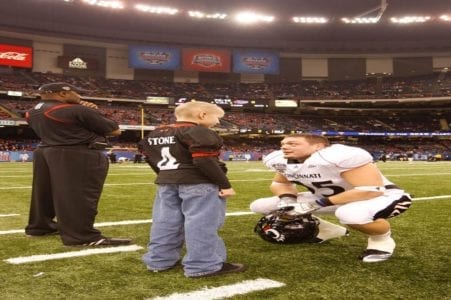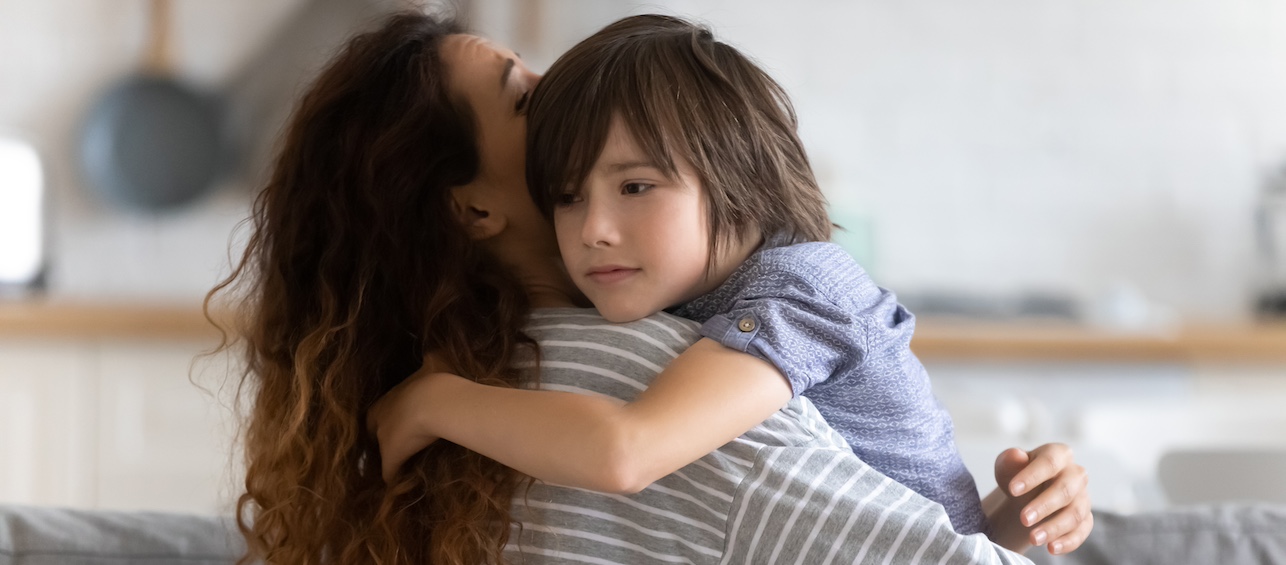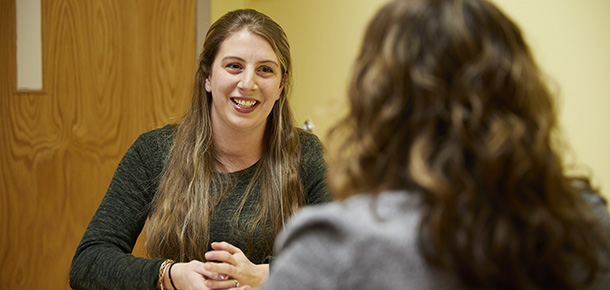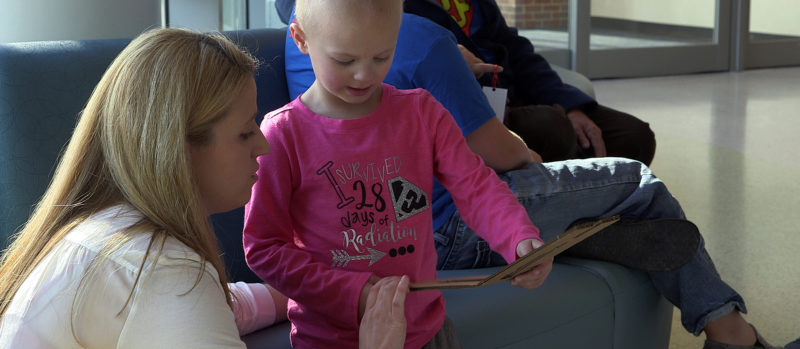Here I am, taking in my first month of college at the University of Cincinnati and all I can say is wow, what a journey it has been getting here. Everyone my age has a story of how they got to their freshman year of college. The grade school, junior high and high school tales that made them who they are and shaped who they want to be.
In my case, I had an atypical experience in the fifth and sixth grades that influenced the future path I want to take and the gratitude that I feel for the people who helped me along the way.
I’m referring to my battle with a PNET brain tumor, or primitive neuroectodermal tumor.
It all started in the fall of 2008 when I was 11 years old and started having headaches that kept getting worse. In February of 2009, I came home from school and my left eye was turning inward.
Our pediatrician immediately sent us to Cincinnati Children’s for a slew of tests. I was diagnosed with PNET on a Monday and they removed the fist-sized tumor on that following Friday. Because this type of cancer can spread to other areas of the brain and spine, radiation and chemotherapy were in order.
In March of 2009 I started a radiation regimen, which consisted of every day treatments except weekends for 31 days. In June I started chemotherapy. Before the first treatment, they harvested my stem cells and froze them so that after each dose of chemo, they could put the stem cells back in to help the bone marrow recovery more quickly. The regimen consisted of three weeks of treatment and then 10 days at home.
In the middle of the chemo and radiation treatments, the University of Cincinnati football team decided to adopt me through a foundation called Friends of Jaclyn, which matches kids with brain tumors to local high school and college sports teams.

What happened next was magical. The guys on the team and I formed a very tight bond. During my rounds of chemo and radiation, I was given special access to the games. I got to go to the locker room, hang out with the players, and go to team meetings. They called and prayed for me. It took my mind off what I was going through. They inspired me to keep fighting and I like to think that I inspired them in some small way . . . they did go 12-0 that season! You can read more about that relationship on UC’s website.
Spending so much time in the hospital was made easier by things like Child Life and the Hospital School Program. The Child Life specialists would play games with me every day and keep me entertained. And the Hospital School Program obtained my school assignments and taught me right in my room.
After I finished treatment in October I was so grateful to be feeling better and for all of the people who helped me along the way that I wanted to give back. My family and I started Mitch’s Mission to raise money to send kids with cancer and blood diseases to NjoyItAll Camp, a camp that is put on by the Cancer and Blood Disease Institute, and one that I attended five summers in a row.
And in February we host an event in the UC Recreation Center called Playdate with the Bearcats, which is a fundraiser to help send kids to NjoyItAll Camp. We created this because my twin brother and I enjoyed hanging out with the UC football players during my treatment so much that we wanted other kids who may or may not be going through cancer treatment, to have a similar opportunity. It’s a day for families to hang out with the athletes, playing games, shooting hoops, and using the amazing UC Rec Center facilities.
Thanks to the help I received from both Cincinnati Children’s and my school district’s tutors, I was able to go back to school in February of 2010 without missing a beat. I’ve now been in remission for seven years and have follow-up appointments once a year.
And now I’m looking forward to starting a new chapter in my life, cancer free. I was accepted into the University of Cincinnati’s Kolodzik Business Scholars program and am majoring in Operations Management. I hope to go into Hospital Administration or Health Care Administration so that I can eventually work at Cincinnati Children’s and continue the spirit of giving back and helping others in their time of need.




